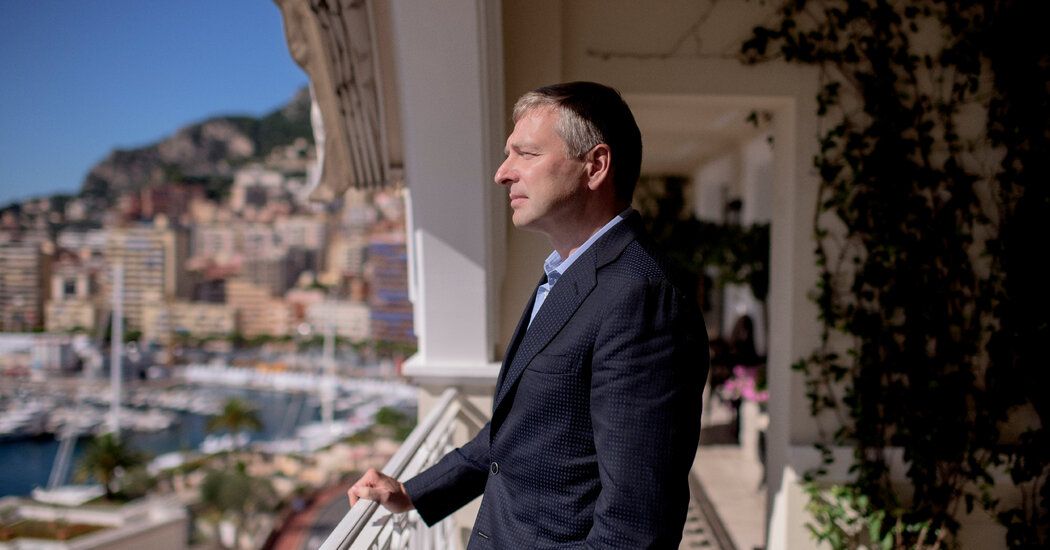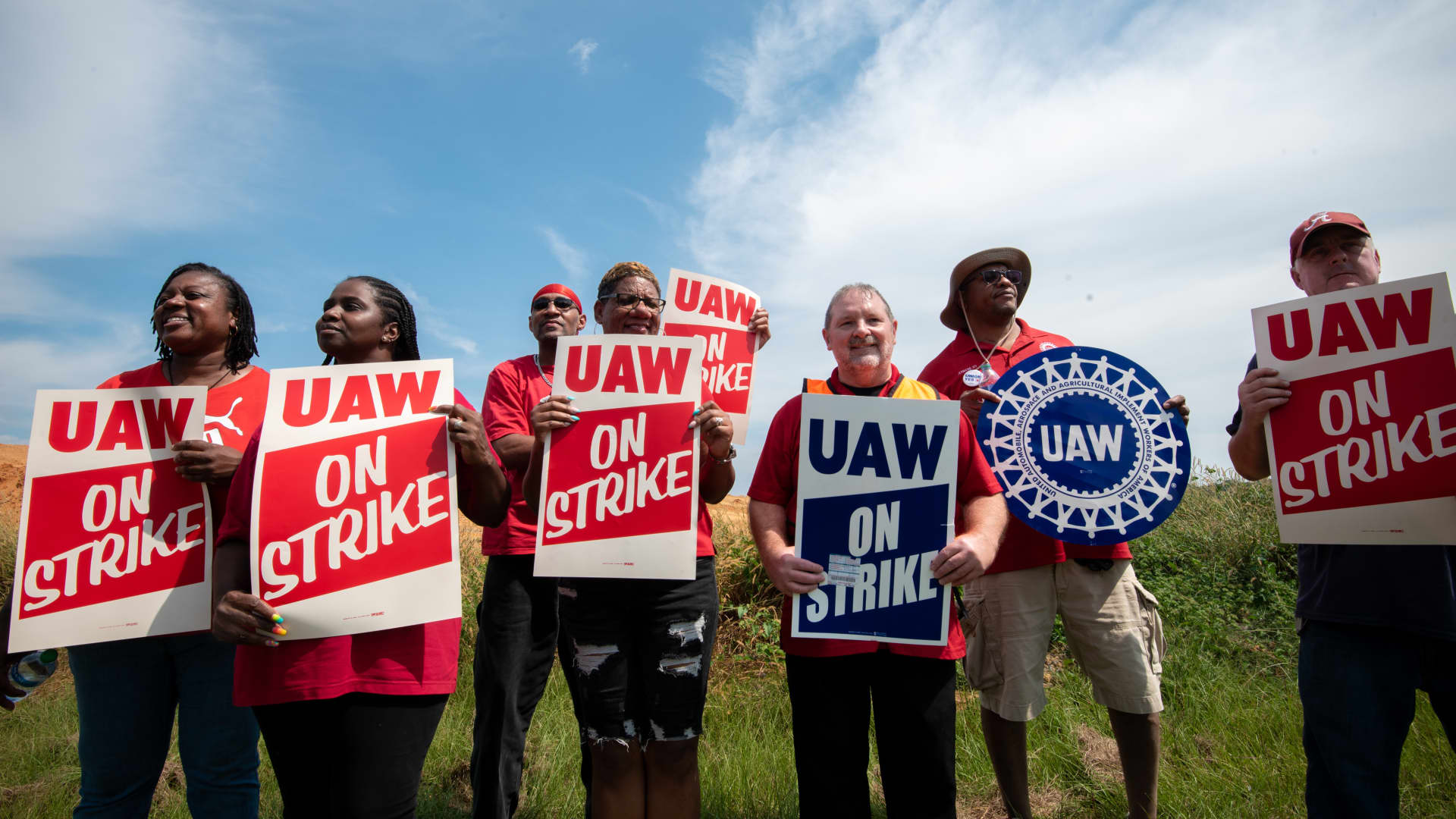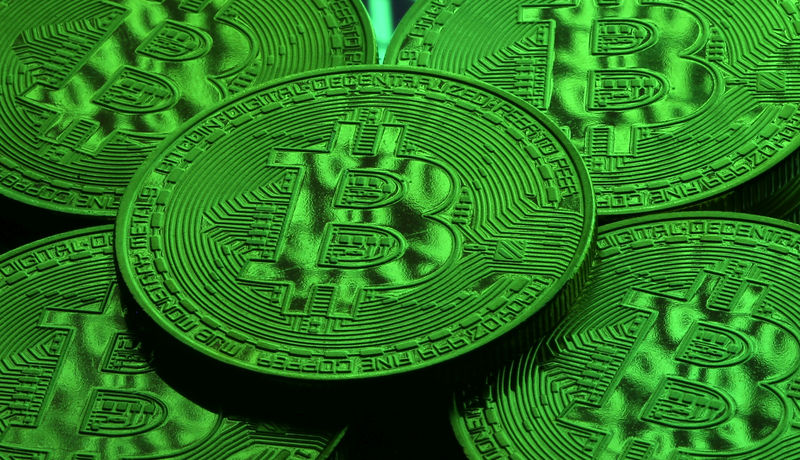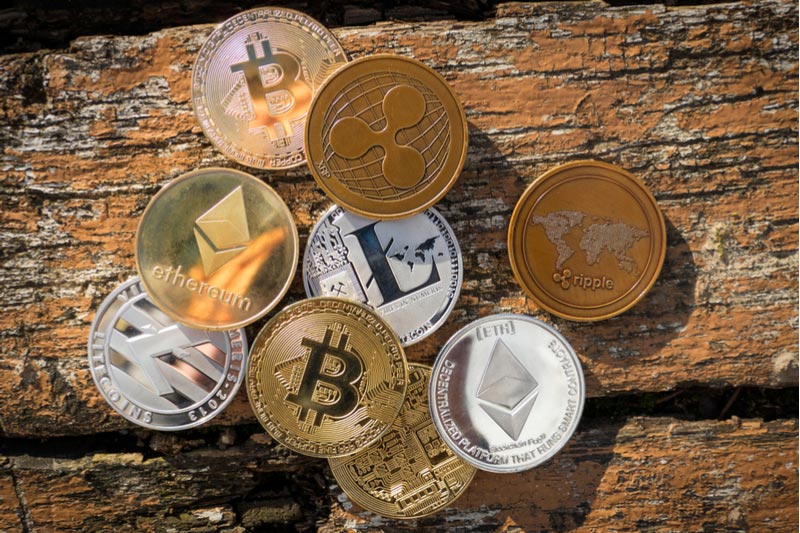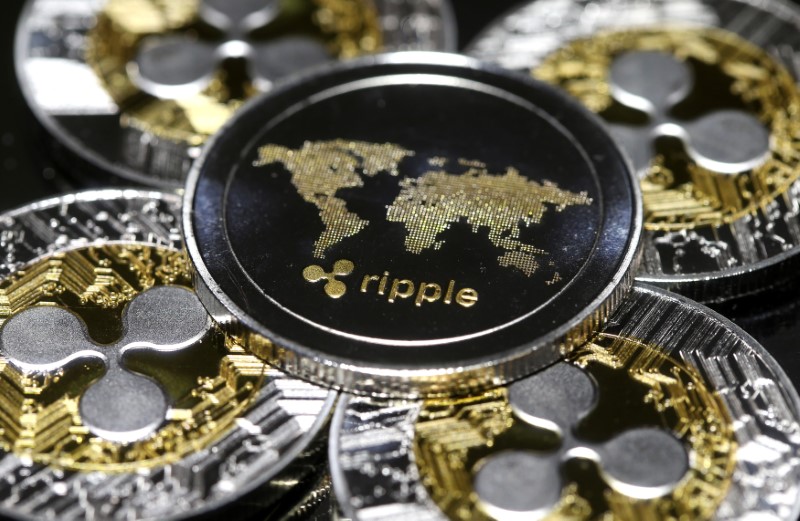In the following weeks, Bouvier wrote to Rybolovlev’s assistant to inform him of negotiations that Judge Furman later concluded never took place. The seller, Bouvier wrote, had rejected offers of $90 million, $100 million, $120 million and $125 million, before finally accepting $127.5 million.
On May 2, 2013, Bouvier, not Rybolovlev, purchased the “Mundi” through Sotheby’s for a painting and cash valued at $83 million. A day later, he sold it to Rybolovlev for $127.5 million, according to court documents.
In early 2015, at a time when Rybolovlev was becoming suspicious, Bouvier asked Sotheby’s for an appraisal of the “Mundi.” Valette suggested to a colleague at the auction house that they value the work at $125 million, but the colleague refused, according to court documents.
In the end, Valette asked the colleague to change the valuation to 100 million euros, or approximately $114 million, Judge Furman found, and to edit the cover letter, “removing any reference to the previous purchase of the piece by Bouvier”. While the judge drew attention to the amendments, and the jury will hear about them at trial, he ruled that the valuation was not proof that Sotheby’s was complicit in fraud.
Rybolovlev later sold the work at Christie’s to a Saudi prince for $450 million, the largest amount ever paid for a work of art at auction.
Experts say the jury trial can provide new guidelines for a more transparent art market.
“There is so much secrecy in the art world that sometimes buyers don’t know how much money others make in transactions,” said Leila A. Amineddoleh, an art and cultural heritage lawyer. “Therefore, this case will help clarify the responsibilities and fiduciary duties that dealers and auction houses owe to their customers.”

